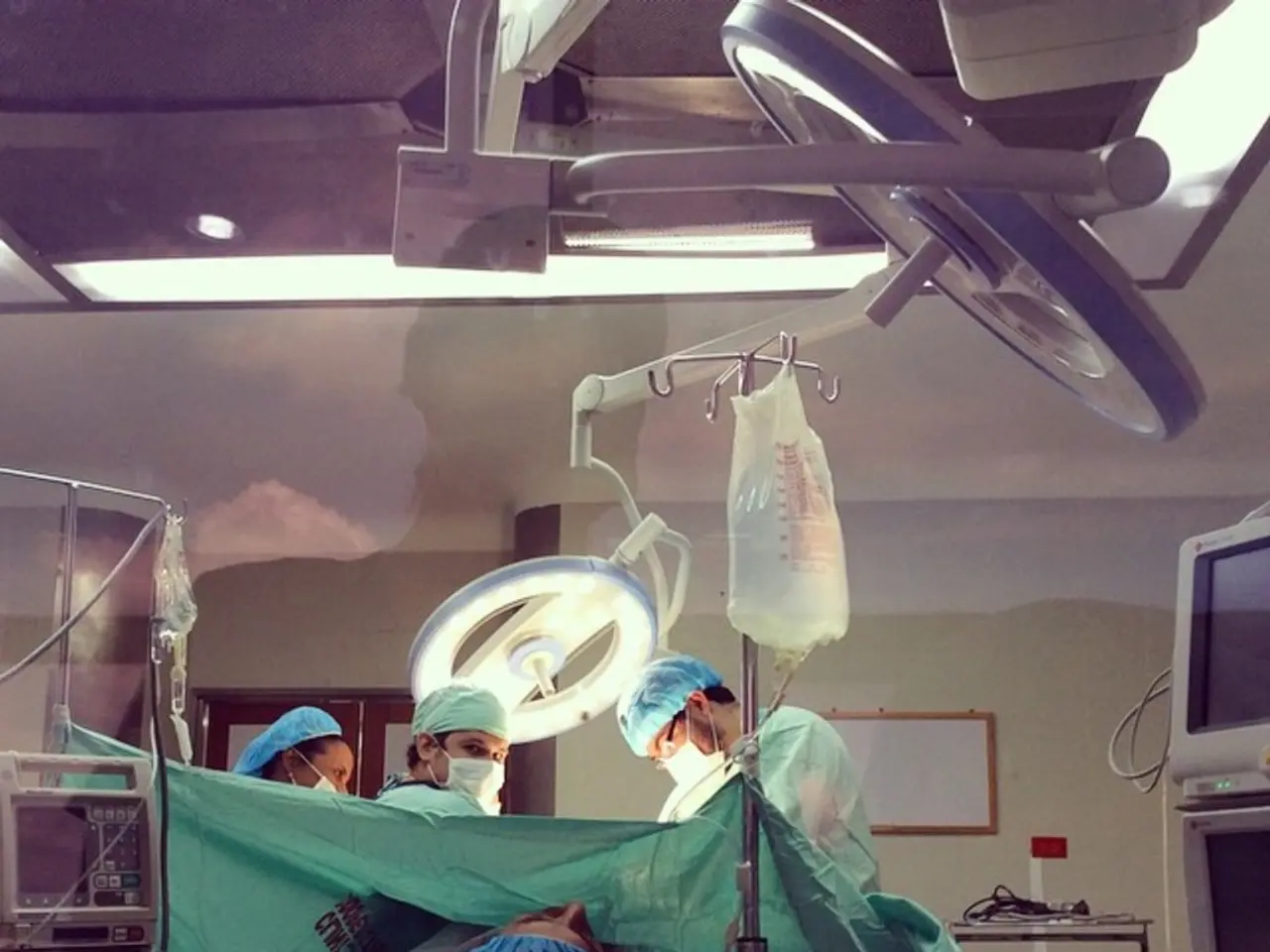Inquiries on Security Operations (SecOps) in the Healthcare Sector
In the rapidly evolving digital landscape of healthcare, the adoption of Security Operations (SecOps) has been a slow process. A complex array of cybersecurity challenges, regulatory pressures, outdated infrastructure, and resource constraints have hindered the progress of SecOps in the sector.
One of the primary obstacles is the reliance on outdated systems and legacy infrastructure. Many healthcare organisations continue to use antiquated systems that lack modern security capabilities, making them vulnerable to attacks and difficult to patch or upgrade. This legacy technology complicates the deployment of advanced SecOps tools which require integration with up-to-date platforms.
Another significant factor is the complex and evolving threat landscape. Healthcare, with its valuable personal health information (PHI) and critical need for continuous uptime, is a prime target for cybercriminals. The rise of sophisticated threats such as ransomware, phishing, AI-automated attacks, and insider threats exacerbate the risk profile, demanding real-time monitoring and response capabilities that SecOps teams must deliver but often cannot due to existing gaps.
Insider threats and human error pose a considerable risk, with employees, contractors, and third-party vendors with access to sensitive data posing significant risks, whether through negligence or malicious intent. Without robust access management and continuous insider monitoring, security postures remain fragile, hindering comprehensive SecOps adoption.
The proliferation of Internet of Medical Things (IoMT) devices, many with outdated software or weak encryption, dramatically expands the attack surface that SecOps must monitor and protect. Managing this sprawling ecosystem requires significant expertise and tools that many healthcare organisations lack.
Limited IT and cybersecurity resources, especially for small- and mid-sized healthcare providers, make it challenging to establish and maintain active security operations programs. Compliance and regulatory demands strain these limited resources.
Regulations like HIPAA focus on compliance but are often reactive, emphasizing controls like multi-factor authentication or encryption without mandating threat readiness or continuous threat hunting, both essential for effective SecOps.
However, there are potential solutions to improve SecOps adoption in healthcare. Modernising IT infrastructure and systems facilitates integration with SecOps tools and simplifies threat detection and response workflows. Implementing robust Identity and Access Management (IAM) controls paired with continuous insider threat monitoring reduces risk from internal actors, a major factor in healthcare breaches.
Deploying endpoint and IoMT device security solutions helps mitigate risks from IoMT vulnerabilities. Increasing cybersecurity staffing and training strengthens the frontline defense against phishing and social engineering attacks. Adopting proactive and continuous monitoring tools transitions healthcare from compliance-driven to threat-ready modes, requiring implementing real-time monitoring, automated threat detection, and incident response capabilities tailored to healthcare's unique environment.
For smaller providers, partnering with Managed Security Service Providers (MSSPs) can provide access to expert SecOps capabilities without the overhead of building an internal team. By addressing these factors with targeted investments and strategic operational changes, the healthcare sector can accelerate adoption of mature SecOps programs, reducing cyber risk and enhancing patient safety amid increasingly sophisticated threats.
Only 14 percent of healthcare organisations have strong in-house SecOps teams. SecOps can aid healthcare organisations by eliminating duplication, improving communication, and preventing threats. Automating security processes in SecOps can help overworked and understaffed teams follow best practices consistently, repeatably, and reliably. SecOps teams in healthcare organisations can help monitor and assess risk for a quick, effective security response at a lower cost.
Automated incident analysis, risk evaluation, threat prioritization, and accelerated response and remediation in SecOps all augment the work of human security analysts. SecOps helps healthcare deal with security issues presented by virtual care, legacy systems, various levels of security in workstations, and more. SecOps automates patch management in healthcare, eliminating tedious manual review for operations while ensuring that known vulnerabilities cannot be exploited.
The benefits of a mature SecOps approach in healthcare include quick and effective response, decreased cost of breaches and operations, improved compliance, communication, and collaboration, and enhanced reputation.
Science and health-and-wellness sectors are increasingly intertwined, as the adoption of Security Operations (SecOps) in medical-conditions management requires advanced technology. However, cybersecurity challenges, outdated infrastructure, and resource constraints persist, hindering SecOps implementation in health care. Data-and-cloud-computing technologies, including AI and automation, promise to streamline SecOps processes, but their implementation in the health sector is hampered by the proliferation of legacy systems and IoMT devices with weak security. Collaborations with cybersecurity experts, technology providers, or Managed Security Service Providers (MSSPs) may offer solutions to help health care organizations overcome these obstacles, improve their SecOps capabilities, and ensure health-and-wellness data remains secure.




